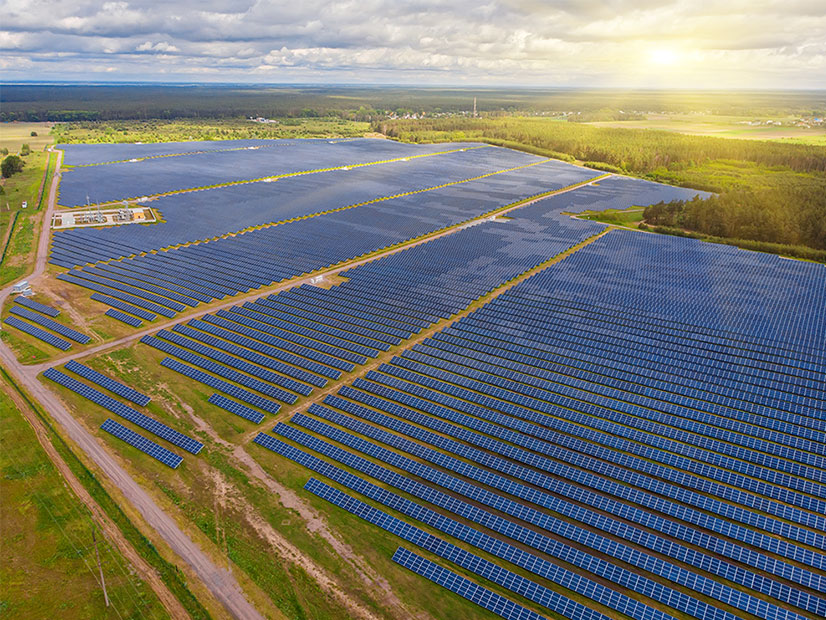FERC is getting an early taste of life without Chevron deference after the Supreme Court remanded a case involving the Public Utility Regulatory Policies Act (PURPA) back to an appeals court.
In a brief order issued July 2, the Supreme Court granted a petition for writ of certiorari in Edison Electric Institute v. FERC, remanding it to the D.C. Circuit Court of Appeals for further consideration in light of Loper Bright Enterprises v. Raimondo. (See Supreme Court Ends Chevron Deference to Administrative Agencies.)
The case involves a solar plant Broadview Solar developed in Montana that FERC certified as a “qualifying facility” under PURPA, which are supposed to be rated at 80 MW or less. The power plant can produce up to 160 MW, but it can only deliver up to 80 MW to the grid.
FERC certified the facility as a QF under PURPA over the protests of EEI and its member NorthWestern Energy, the utility required to buy its output. The complainants argued that a plain reading of PURPA indicates that any resource that generates more than 80 MW cannot be a QF and that FERC exceeded its authority in the approval.
The D.C. Circuit previously upheld the decision, finding that PURPA was unclear on the exact meaning of “power production,” so it deferred to FERC’s interpretation. (See DC Circuit Upholds FERC on Montana PURPA Project.)
In their petition to the Supreme Court, EEI and NorthWestern argued that the lower court misapplied Chevron by rushing to agency deference while ignoring the plain language of PURPA.
“But if Chevron is properly understood to condone the result reached here, then this case is further evidence that the time has come to reconsider Chevron by, at the very least, clarifying its limits,” they said in the petition filed last June.
FERC based its approval on its “sendout approach” for PURPA qualifying facilities that measures how much power they can ship out to the grid, it said in a response filed with the Supreme Court in September. The commission has been using the sendout approach since 1981.
“The net power that a qualifying facility sends out to the grid is also the amount of power that is ‘capable of being avoided on the [purchasing utility’s] system,’ i.e., the amount of power that the purchasing utility need not get from elsewhere,” FERC said.
While the solar array at the Broadview facility can produce up to 160 MW, and a co-located battery can discharge up to 50 MW for four hours, it has to convert that direct current electricity into alternative current through an inverter connected to NorthWestern’s grid that is just 80 MW.
The facility as a whole can supply no more than 80 GW of grid-usable alternating current to the grid at any one time.
“The battery does not permit the facility to supply more than 80 MW to the grid at any time,” FERC said. “But the array-and-battery design does mean that the Broadview facility can more consistently deliver 80 MW of power to the grid than the facility would be able to deliver using only a 160-MW solar array with the same inverters.”



